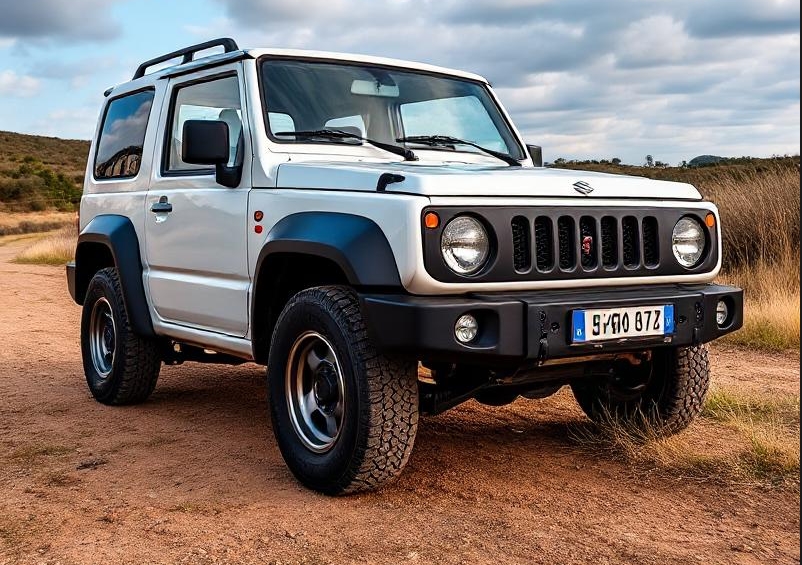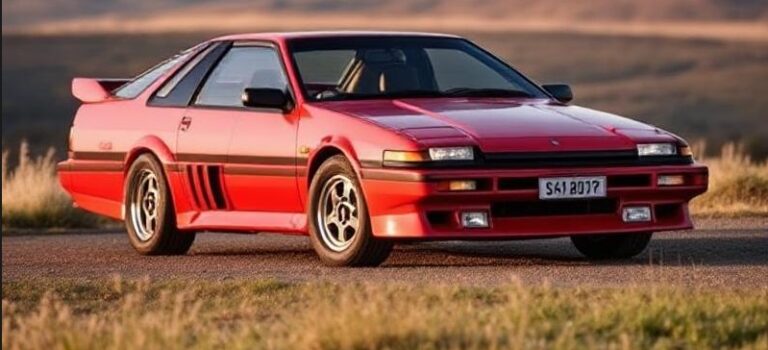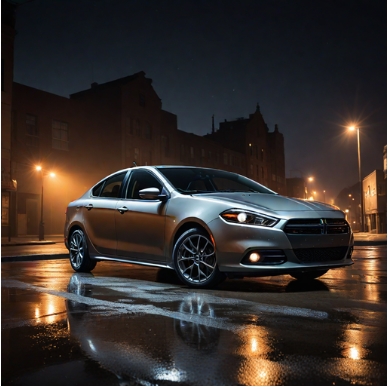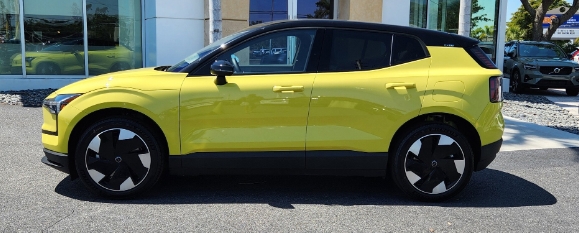The Evolution of the Suzuki Samurai: A Cultural and Automotive Icon
The Suzuki Samurai, known for its compact dimensions and rugged off-road capabilities, became an icon of the 1980s and 1990s. This small SUV garnered a dedicated following due to its simple design, affordability, and off-road prowess. Its journey from an unknown entity to a beloved vehicle is fascinating, marked by several iterations and adaptations. Let’s delve into the evolution of the Suzuki Samurai, exploring its production history, variants, and the impact it made on the automotive landscape.
The Beginnings: 1981-1985
The Suzuki Samurai originally emerged from Japan as the Suzuki LJ Series. The LJ Series was Suzuki’s first foray into the off-road vehicle segment and gained popularity for its compactness and agility. However, it was the Samurai, introduced in 1985, that caught the attention of the global market.
The first-generation Samurai, known as the Suzuki SJ410 and later as the SJ413, was equipped with a 1.0-liter to 1.3-liter four-cylinder engine. It quickly gained a reputation for being a rugged, no-frills vehicle suitable for adventure-seekers and outdoor enthusiasts. The SJ410 was primarily available in Japan, while the SJ413 made its way to international markets, including the United States.
In 1985, the Suzuki Samurai officially made its debut in the American market. The early models were relatively simple in terms of features, but they excelled in off-road performance. The Samurai came with a lightweight body and an adaptable 4WD system, which allowed it to traverse rough terrain effortlessly.
The First Generation: 1985-1995
From 1985 to 1995, the Suzuki Samurai saw several trim levels and stylistic changes. Early U.S. models featured both convertible and hardtop options. The 1985 model year included base and higher-tier trims, allowing buyers to choose according to their needs.
1985-1987: The Early Years
The initial trims of the Samurai in the U.S. consisted of:
- Base Model: Basic features including vinyl seats and no air conditioning.
- Deluxe Model: Featured upgrades like cloth seating, chrome bumpers, and an upgraded audio system.
As the years progressed, Suzuki introduced additional comfort and convenience features, such as air conditioning and improved upholstery. However, the appeal of the Samurai primarily lay in its straightforward, durable design.
.
There’s been thousands of different cars created since the beginning of automobile manufacturing. Some much better than others. And we all have our own favorites.
Check out these Most Popular Cars Ever Produced to find out if your interests match the consensus!
.
1988-1995: Refinements and Challenges
During this period, Suzuki began expanding its offerings. The 1989 model introduced updated styling, including a new grille and headlights for a fresher look. The interior received attention as well, with improved seating and dashboard design.
Despite its growing popularity, the Samurai faced significant challenges, particularly in the U.S. market. In 1988, a controversial Consumer Reports test labeled the Samurai as one of the most rollover-prone vehicles. This led to a steep decline in sales and sparked a lawsuit against Suzuki. However, Suzuki maintained that the vehicle was safe when driven responsibly.
The Second Generation: 1996-2004
The Samurai’s immediate successor was the Suzuki Vitara, which was larger and offered more amenities. By the time the last Samurai rolled off the production line in 1995, the automotive landscape was shifting towards larger SUVs, leaving no room for Suzuki’s compact off-roader.
Despite the Samurai’s discontinuation, Suzuki kept the spirit alive through its successor models. The Vitara, introduced both in two-door and four-door configurations, offered some off-road capabilities, albeit in a more refined package. The two-door version was often viewed as a spiritual successor to the Samurai, catering to those who appreciated its smaller size and helpful 4WD system.
Importation Challenges
The Samurai was last sold in North America in 1995. Still, the model enjoyed a resurgence in classic car circles, where enthusiasts sought out the 1985-1995 models for restoration and off-road adventures.
Suzuki’s off-road legacy continued globally, where the Samurai gained a dedicated following in markets such as Japan, Europe, and South America. Notably, in Japan, the Suzuki Jimny emerged as a successor, reflecting the Samurai’s core DNA: compact dimensions and rugged capability. The Jimny maintained a similar design philosophy throughout subsequent generations, which continues to resonate with fans today.
Cultural Impact and Resurgence: 2000s-Present
The Suzuki Samurai’s legacy went beyond mere automotive specifications. It represented the growing trend of compact, affordable, and durable 4WD vehicles that appealed to budget-conscious buyers seeking off-road adventure. Enthusiasts kept the spirit of the Samurai alive by forming communities and clubs dedicated to the model.
Revival of Interest
By the 2000s, the vintage movement kicked off a renewed interest in Suzuki models like the Samurai. Classic car rallies, off-road adventures, and social media platforms showcasing custom builds brought the Samurai back into the spotlight. Many enthusiasts began restoring older models, upgrading them with modern off-road accessories while retaining their classic charm.
Variants and Customizations
Throughout its life, the Suzuki Samurai was known for the plethora of modifications and customizations available. Many owners took pride in modifying their vehicles for off-road performance, aesthetics, or both. Custom paint jobs, upgraded suspensions, larger tires, and enhanced off-road lighting became popular among enthusiasts, contributing to the Samurai’s iconic status.
Aftermarket Scene
The aftermarket scene for the Suzuki Samurai never waned, with various companies producing off-road kits, restorations, and aftermarket products specifically for the model. This community aspect encapsulated the car culture associated with the Samurai, further ensuring its legacy.
Conclusion
The Suzuki Samurai has seen a remarkable evolution since its introduction in 1985. Its journey includes significant market challenges, an eventual discontinuation, and a resurgence in popularity due to its cult following. While the Samurai may no longer roll off the production line, it remains an enduring symbol of its era—a testament to simplicity, capability, and fun—attributes that will always resonate with off-road enthusiasts around the world.
In a world dominated by larger SUVs and complex technology, the continuing fascination with the Suzuki Samurai reminds us of the joys of driving, creativity in customization, and the thrill of adventure. Whether on the trails or parked as a prized collectible, the Samurai will always have a special place in the hearts of many.







